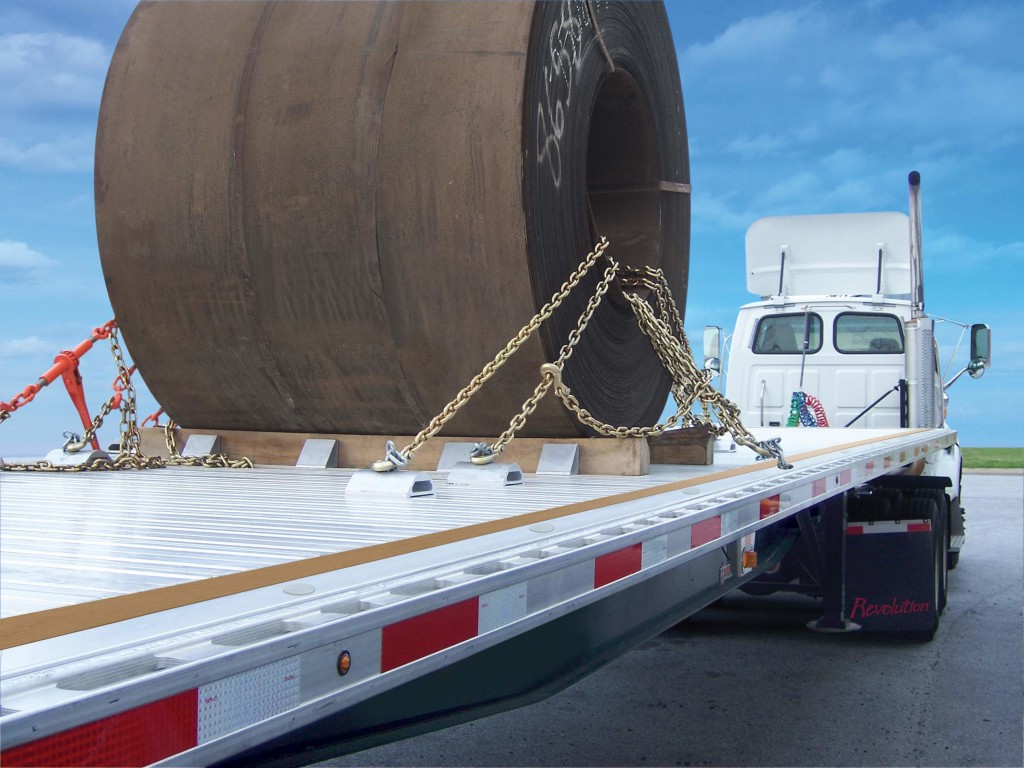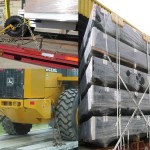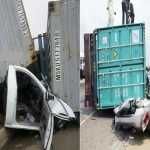
Understanding Cargo Securement: The guiding principle
This principle states that Cargo being transported on the highway must remain secured on or within the transporting vehicle under all conditions that could reasonably be expected to occur in normal driving and also when a driver is responding in all emergency situations, EXCEPT when there is a crash.
This is important because an improperly secured load can result in:
- Loss of life
- Loss of load
- Damage to the cargo
- Damage to the vehicle
- A crash
- Issuance of fines to driver/carrier
- The vehicle being impounded or placed Out-of-Service.
Obligations on both the driver and the carrier
The following conditions must exist before a driver can operate a commercial motor vehicle and a carrier can require or permit a driver to operate a commercial motor vehicle.
- The commercial motor vehicle’s cargo must be properly distributed and adequately secured.
- The commercial motor vehicle’s structure and equipment must be secured. This is especially important because incidences abound where diesel tanks (Please read our piece: “Episode Three- Trucker’s Wild Experience: Flying Weapon of Mass Destruction at Ollo, Oyo-Ogbomoso Road” to clearly understand the inherent risk), extra tyres or wedges have fallen-off trucks with disastrous consequences. Vehicle items that must be safely secured include:
- Tailgate/rear door
- Doors
- Tarpaulins
- Spare tyre
- Other equipment used in the vehicle’s operation
- Cargo securing equipment.
- The cargo or any other object must not:
- Obscure the driver’s view ahead or to the right or left sides
- Interfere with the free movement of the driver’s arms or legs.
- Prevent the driver’s free and ready access to accessories required for emergencies. OR
- Prevent the free and ready exit of any person from the commercial motor vehicle’s cab or driver’s compartment.
Securement Options: Containerize, Immobilize OR Securitize
There are various options available for the securement of cargo. But specifically speaking, all cargo must be contained, immobilized, or secured. Cargo must be secured so that it does not:
- Leak
- Spill
- Blow off the vehicle
- Fall from the vehicle
- Fall through the vehicle
- Otherwise become dislodged from the vehicle
- Shift upon or within the vehicle to such an extent that the vehicle’s stability or maneuverability is adversely affected.
- Roll, tip or slide from vehicle.
However, some movement may be okay to the extent that it doesn’t reduce the effectiveness of the securement system.
While in our clime, the rule of thumb is applied in determining how well or effective a cargo securement is, there are some metric specifications that are in operation in many developed world. We can borrow same too if we care enough.
Determining effectiveness of securement
Generally, each cargo securement system must be able to withstand a minimum amount of force in each direction. Each minimum directional force is as specified below:
- Forward Force = 80% of cargo weight when braking while driving straight ahead.
- Rearward Force = 50% of cargo weight when accelerating, shifting gears while climbing a hill, or braking in reverse.
- Sideways Force = 50% of cargo weight when turning, changing lanes, or braking while turning.
- Upward Force = 20% of cargo weight when traveling over bumps in the road or cresting a hill.








